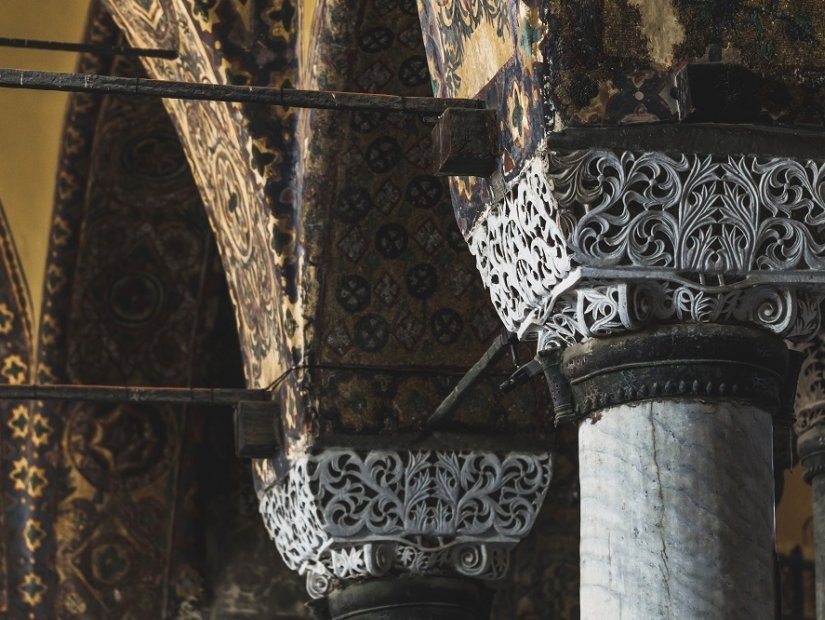Blog
Byzantium to Istanbul: A Brief History
Byzantium to Istanbul: A Brief History
Byzantium to Istanbul: A Brief History
Istanbul is Turkey's largest metropolis and one of the world's top 15 metropolitan regions. It is situated on the Bosporus Strait and includes the whole Golden Horn area, which is a natural harbor. Istanbul's size allows it to reach both Europe and Asia. The city is the only metropolis in the world that spans two continents.
The region around Istanbul has been inhabited since at least 6700 BC, although the city officially began in the 7th century BC with the foundation of a Greek town. Throughout history, it was known by several names, including Byzantium, Constantinople, Istinpolin, New Rome, Queen of Cities, Islamboul, Stamboul, Kostantiniyye, and Rum.
It gets its first name from Megara king Byzas, who sent his colonists here in the 7th century BC to create a colony called Byzantium. Byzas picked this location after speaking with a Delphi oracle, who advised him to reside across from the "land of the blind." Indeed, Byzas thought that past inhabitants must have been "blind" for neglecting this magnificent site at the mouth of the Bosphorus strait, the Black Sea's only access point.
In the 300s, Byzantium became a part of the Roman Empire. During this period, Constantine the Great, the Roman emperor, began reconstructing the whole city. His objective was to make it stand out by adding monuments to the city that were comparable to those seen in Rome. Constantine renamed the city Constantinople and made it the capital of the whole Roman Empire in 330. As a result, it flourished and prospered.
When the Roman Empire was split in two, Constantinople became the capital of the Eastern Roman Empire, which lasted another thousand years while the Western Empire fell apart. It rose to become Europe's dominant power, with notable landmarks such as Hagia Sophia symbolizing its control over the Greek Orthodox Church.
Unfortunately, in 1204, the city was attacked by Christians en route to the Fourth Crusade, and it lost its previous glory. It was held by the Latins for more than 50 years after that, and even after the Byzantines reclaimed it, the empire's territory decreased. Constantinople fell to Ottoman Sultan Fatih Mehmed's aspirations and cannons as a result of the loss of control. And the city was ruled by the Ottomans for the following 600 years.
Beautiful structures such as the Blue Mosque arose throughout the Ottoman Empire's rule, while schools, hospitals, and public baths were constructed beside the Grand Bazaar. Istanbul, the Ottoman Empire's capital at the time, grew into a great cultural, political, and commercial powerhouse, eventually becoming the Islamic world's epicenter.
These architectural, spiritual, and historical landmarks give a peek into Ottoman life for interested visitors. On the Bosphorus, several fortifications stand as historical monuments. The Rumeli Fortress near Sariyer, for example, as well as the Anadolu Fortress on the other side.
The Ottoman Empire remained powerful and sprawling until WWI when it was defeated by the Allies. Occupation and ruin followed until Mustafa Kemal Ataturk led a war of independence and established the Republic of Turkey in 1923.
Ataturk modernized the new state and relocated the capital to Ankara, but Istanbul continued to expand thanks to new infrastructure. In the 1970s, Istanbul's population exploded, transforming it into a major global metropolis and the city we know today.


